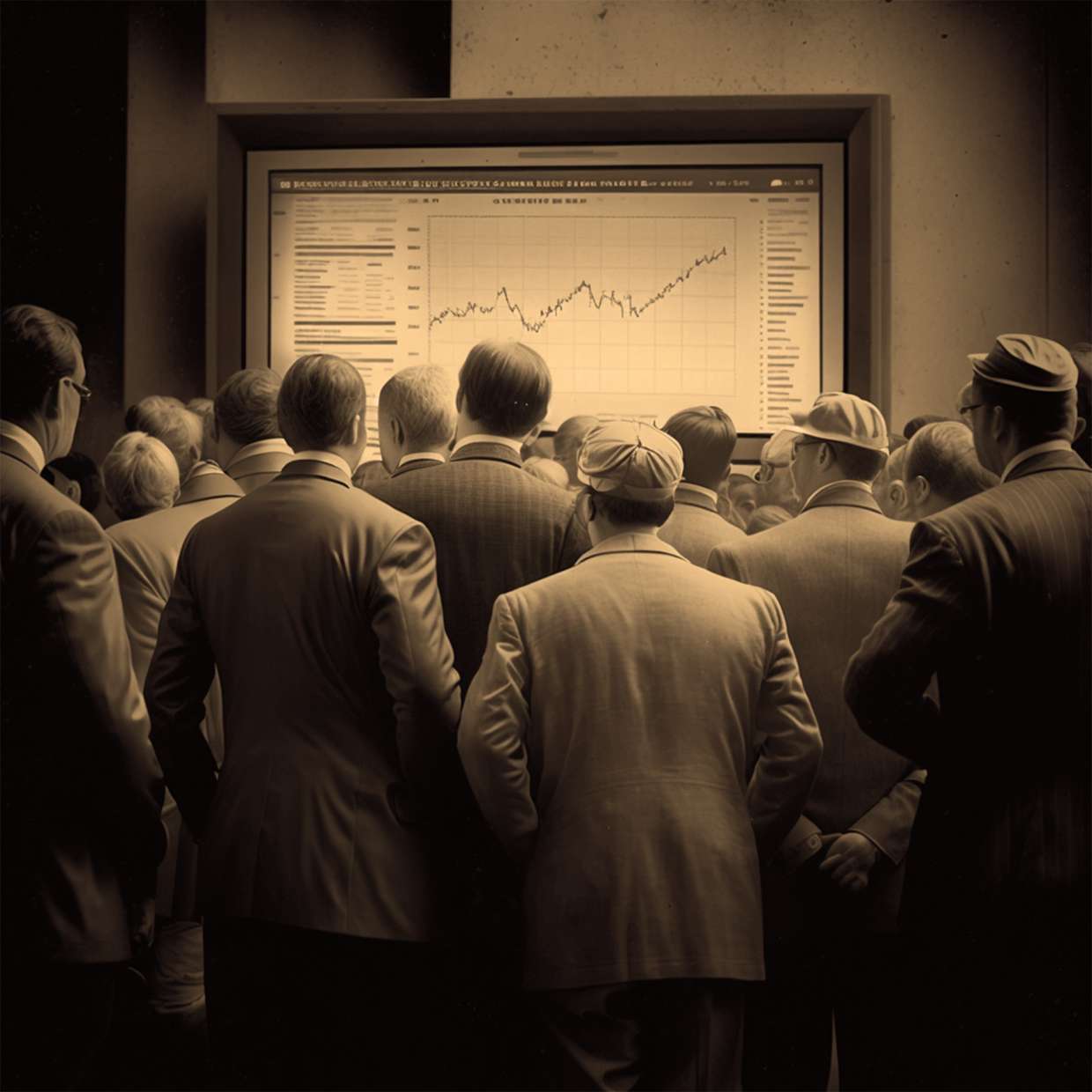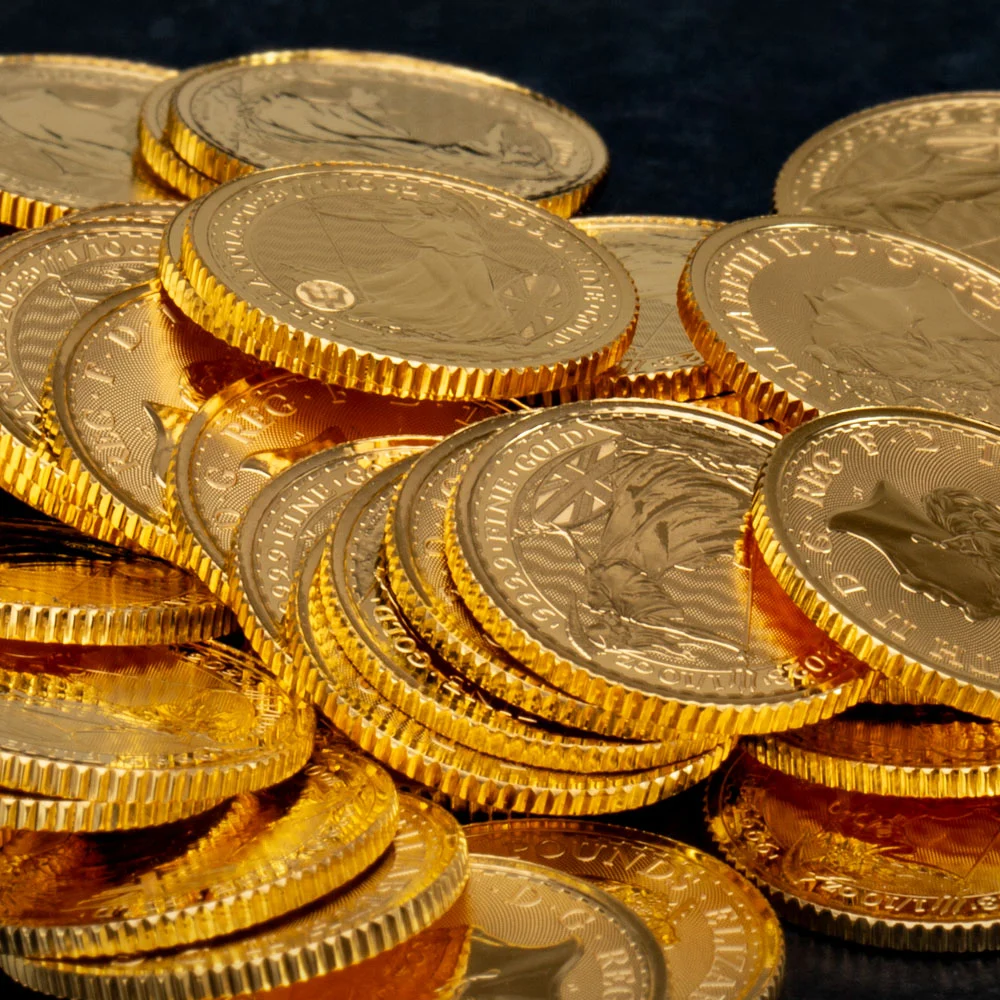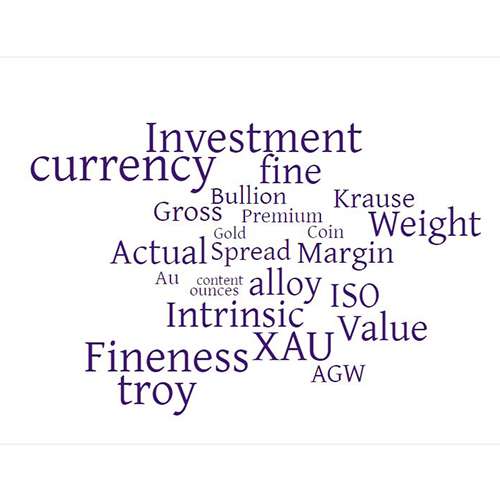2023 Western Retail Investment Market for Gold and Silver
Synopsis
This gold guide news article provides a detailed analysis of the Western retail investment market for gold and silver in 2022 and 2023. The article highlights the drivers behind the surge in sales for precious metals in 2022 and the challenges faced by the industry due to the lack of product availability and loss of tax benefits.
The article also discusses the marked slowdown in the Western retail investment market in 2023 and the factors contributing to this trend, including the removal of tax benefits and improved availability of products. The article concludes with a discussion of the mixed performance of precious metals in the current market and advises investors to stay informed and adapt to the dynamic nature of the industry.

Key Takeaways
- The Western physical gold and silver investment market saw a surge in sales in 2022.
- Gold buying reached its highest total since 2013, and silver achieved a new high of around 264 million ounces.
- The drivers behind this trend included the war in Ukraine, rising inflation, mistrust of governments, and negative interest rates.
- The market faced challenges due to a lack of product availability, which pushed wholesale and retail premiums to unprecedented levels.
- A marked slowdown in the European and US markets was observed during a February 2023 trip to the Berlin World Money Fair.
- Germany saw a drop in demand for silver due to the loss of margin tax treatment that previously applied to non-EU silver bullion coins.
- The drop in demand impacted supplies for the US market, leading to a recent drop in premiums, especially in the US for silver.
What Is the State of the Western Retail Investment Market?
In 2022, the Western physical gold and silver investment market witnessed a significant surge in sales, with gold buying reaching its highest total since 2013, and silver achieving a new high of around 264 million ounces (8,200 tonnes). The drivers behind this trend included the war in Ukraine, rising inflation, mistrust of governments, and negative interest rates. Despite these strong performances, the market faced challenges due to a lack of product availability, which pushed wholesale and retail premiums to unprecedented levels. For instance, silver bullion Eagle coins in the US were often available at 80-90% over the spot price.
The 2023 Berlin World Money Fair
During a February 2023 trip to the Berlin World Money Fair (WMF), experts observed a marked slowdown in the European and US markets. In Germany, this was due to two main factors: a relatively stable gold price and the loss of margin tax treatment that previously applied to non-EU silver bullion coins. Since 2014, these coins could be imported with a 7% VAT, while the 19% VAT was then levied on the difference between the purchase and sale price of the silver coin. In contrast, all other silver investment products sold in Germany attract a 19% VAT on their full value. However, on September 30, 2022, the German government abruptly removed this favourable treatment, and as of October 3, 19% VAT would be levied on the entire value of non-EU silver bullion coins. The government later agreed to a grace period that would last through the year-end, giving traders some time to manage their inventory.
The public reaction to the tax hike was significant and reflected in widespread media coverage, which resulted in retail premiums on coins attracting a step-change from January 1st. As a result, last month saw a slump in German retail silver demand. In the future, there may be greater use of bonded warehouses in Germany and other European countries to store silver. This metal would be VAT-exempt unless the customer subsequently took delivery. However, it remains uncertain whether small investors, who often prefer to take delivery, will be content to own a portion of a bar that is stored remotely.
2023 Fluctuating Demand for Gold and Silver
The rise of the euro gold price led to weakening gold buying in Germany and elsewhere in Europe, and a sharp increase in selling back in some cases to levels not seen since before the pandemic. In the US, retail buying slowed in January, extending a trend that emerged in late Q4.
The drop in demand for silver in Germany has impacted supplies for the US market, leading to a recent drop in premiums, especially in the US for silver. However, improved availability of products in some areas has made it more difficult to assess US retail investment. For example, smaller dealers no longer need to hold as much inventory as before since they feel confident that next-day delivery of products from the wholesale level is easy. The rise in funding costs has also made this a more desirable strategy.
The shift between various types of products has also affected the US retail investment market. Investors that were looking to buy bullion coins last year could often be confronted with no availability and/or premiums they deemed excessive. Facing this situation, some investors switched to their second choice of bars or even commemorative/numismatic coins. Buyers also sometimes changed metal; some dealers noted silver investors taking 1/10oz gold coins due to their better availability and lower margins.
The drop in premiums, especially in the US for silver, was due to the improved availability of products and not necessarily due to weak purchases by retail investors. Much of this linkage relates to weaker demand for silver in Germany, which has freed up supplies for the US market.
These fluctuations in the precious metals market indicate the volatility and dynamic nature of this industry. As we enter 2023, the outlook for the Western retail investment market for gold and silver is uncertain. The market may face challenges due to factors such as improved economic conditions and higher interest rates that may limit demand for gold and silver. At the same time, other factors such as geopolitical tensions, financial uncertainty, and rising inflation could drive demand.
Precious Metal Performance So Far in 2023
It is noteworthy that the performance of precious metals in the current market has been mixed. For instance, gold, which is considered a safe-haven asset, is trading near a six-week low. Investors are keenly awaiting the Federal Reserve's signals on future interest rate hikes, which could significantly impact the gold price.
In contrast, silver has seen a significant drop in demand in India, one of the largest consumers of this precious metal globally. Data from the Gems and Jewellery Export Promotion Council (GJEPC) shows that Indian imports of silver fell by 83% to 146t in January, the second-lowest import total on record for that month. This is largely due to the impact of the COVID-19 pandemic and the resulting economic slowdown.
Similarly, platinum, which is often used in the automotive industry, has seen mixed performance in recent times. Although demand for platinum is expected to grow in the long term due to the shift towards electric vehicles, the short-term outlook remains uncertain. China's Sinopec has launched a green hydrogen project in Inner Mongolia, which will produce approximately 30,000 tonnes of hydrogen. This project could reduce the demand for platinum in fuel cells as hydrogen can be produced from renewable sources.
Palladium, another precious metal used in the automotive industry, has seen a slight uptick in demand in the European Union. According to data from the European Automobile Manufacturers' Association (ACEA), new passenger vehicle registrations in January rose by 11.3% y/y to 760k units. This is a positive development, considering the significant impact that the COVID-19 pandemic had on the automotive industry in 2020.
The Future of Gold and Silver Investment in the West
In conclusion, the Western retail investment market for gold and silver saw a marked drop in 2023, largely due to the loss of favourable tax treatment for non-EU silver bullion coins in Germany and improved product availability in some areas. The outlook for the market in 2023 remains uncertain, with several factors potentially limiting demand for gold and silver, such as improved economic conditions and higher interest rates. At the same time, other factors such as rising inflation, geopolitical tensions, and financial uncertainty could drive demand for these precious metals.
Related Articles
This guide and its content is copyright of Chard (1964) Ltd - © Chard (1964) Ltd 2025. All rights reserved. Any redistribution or reproduction of part or all of the contents in any form is prohibited.
We are not financial advisers and we would always recommend that you consult with one prior to making any investment decision.
You can read more about copyright or our advice disclaimer on these links.






